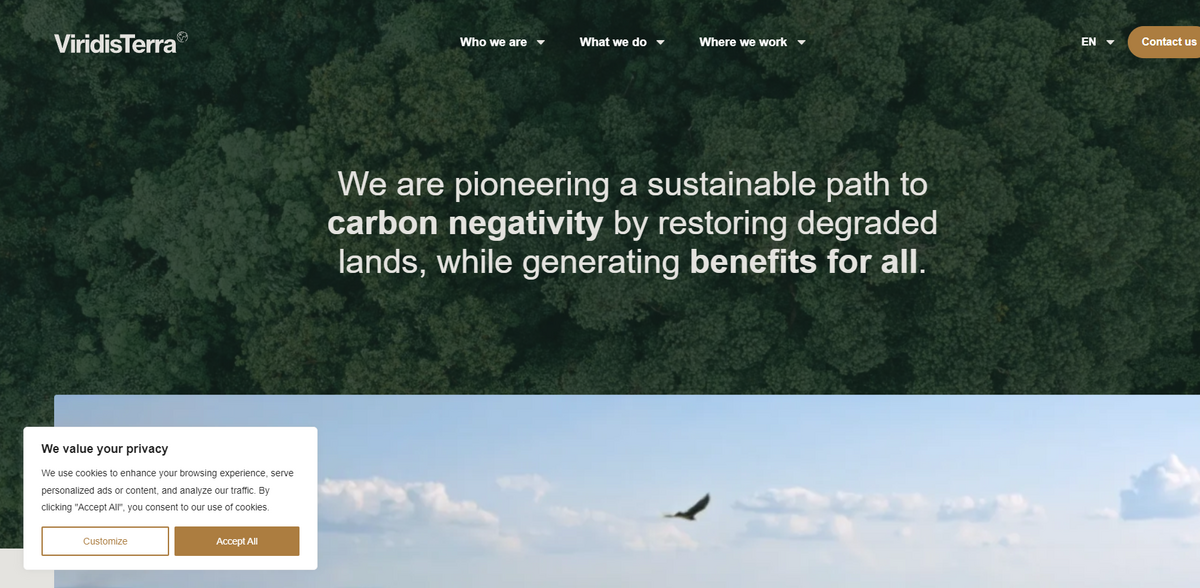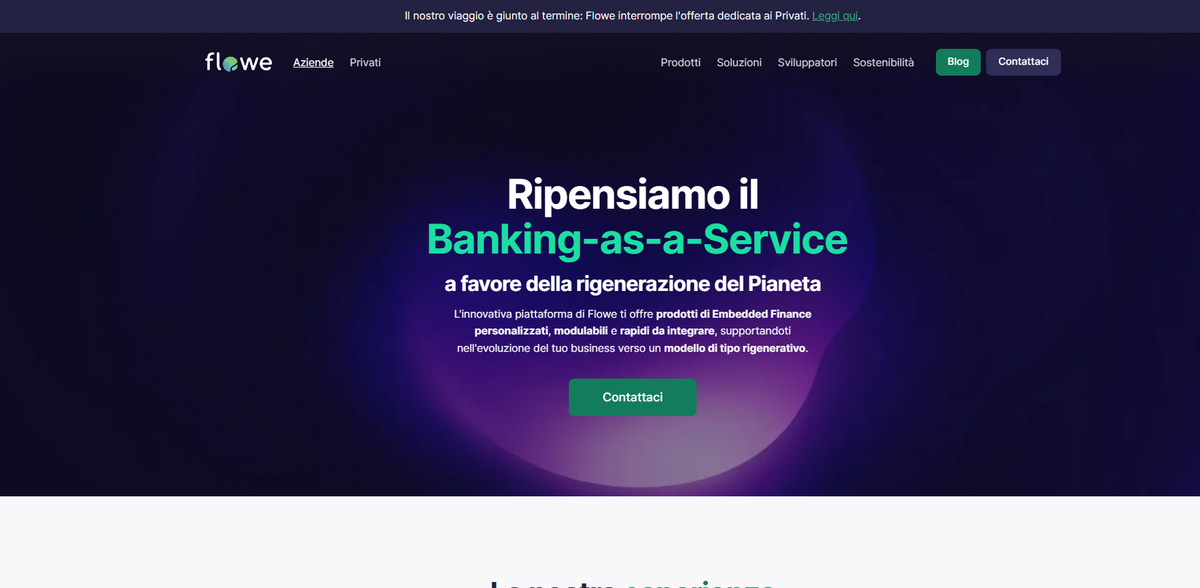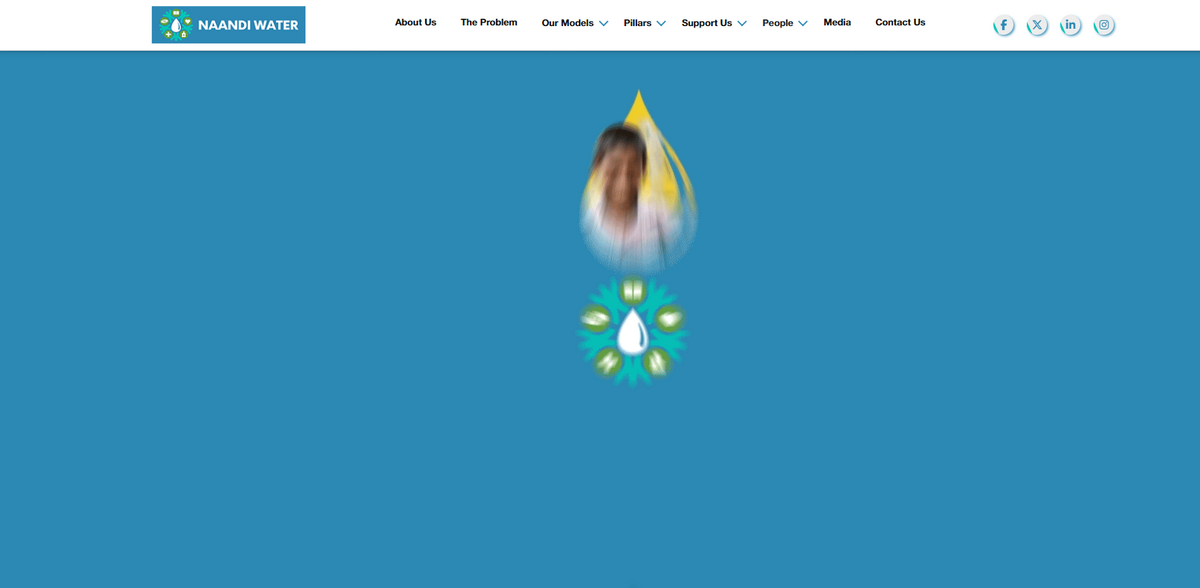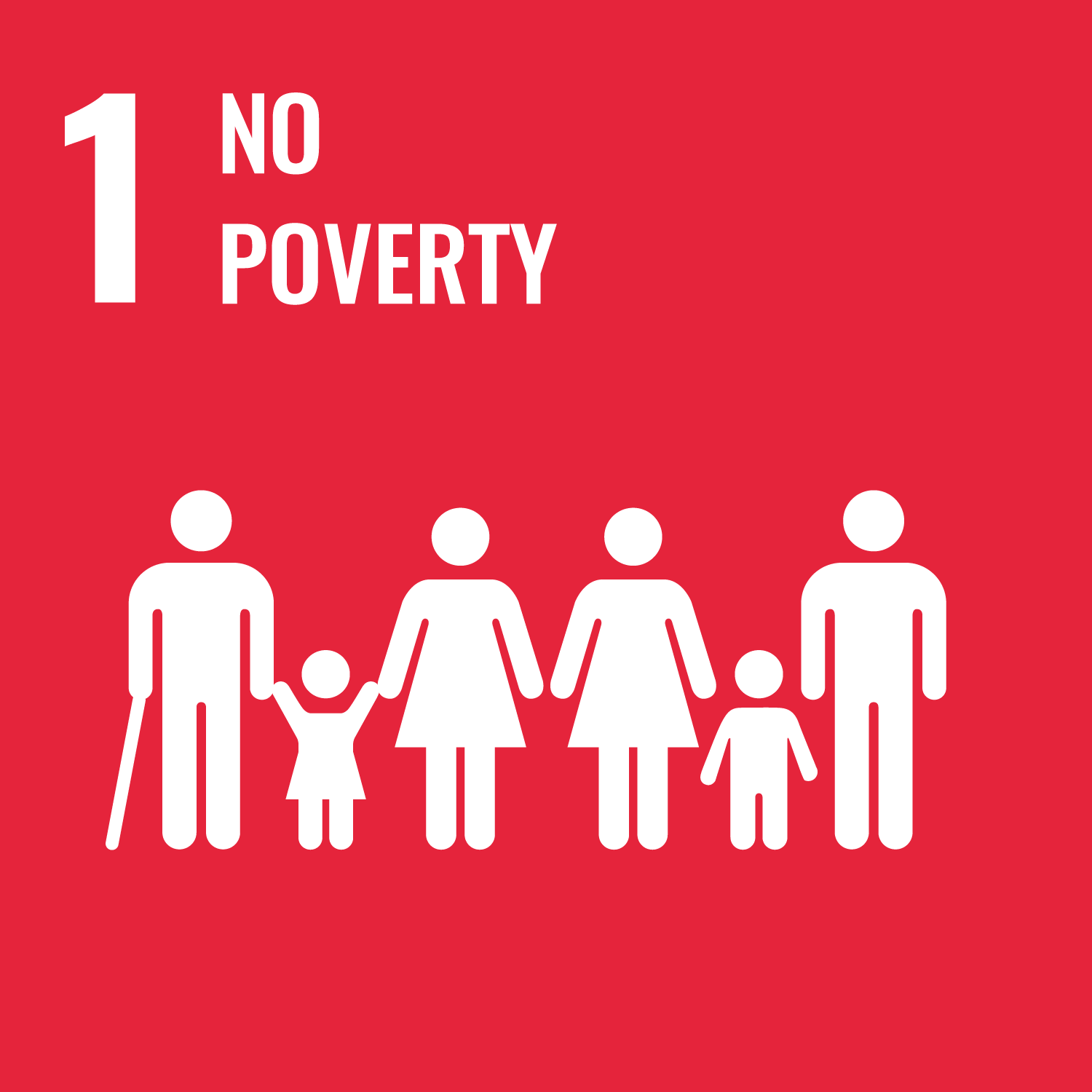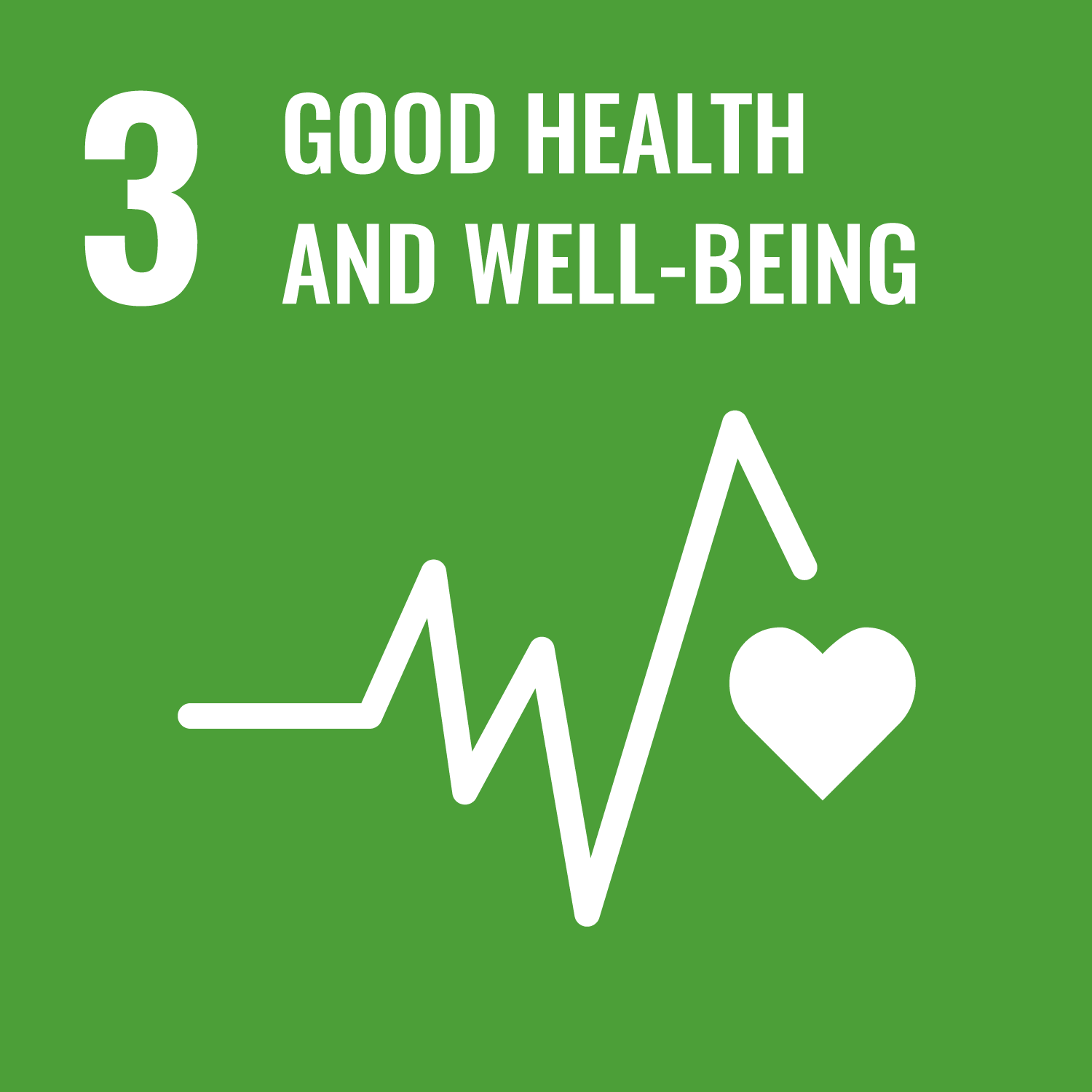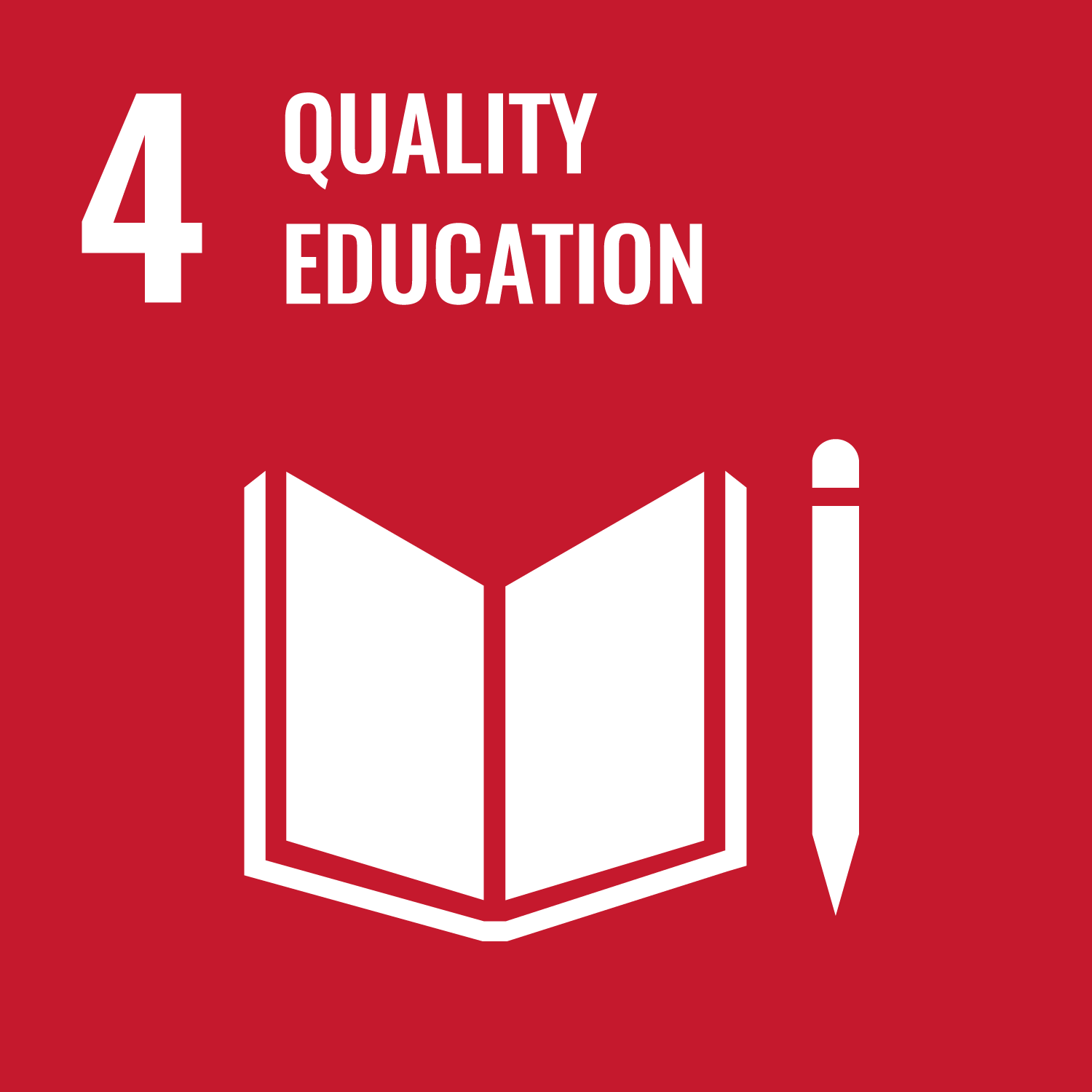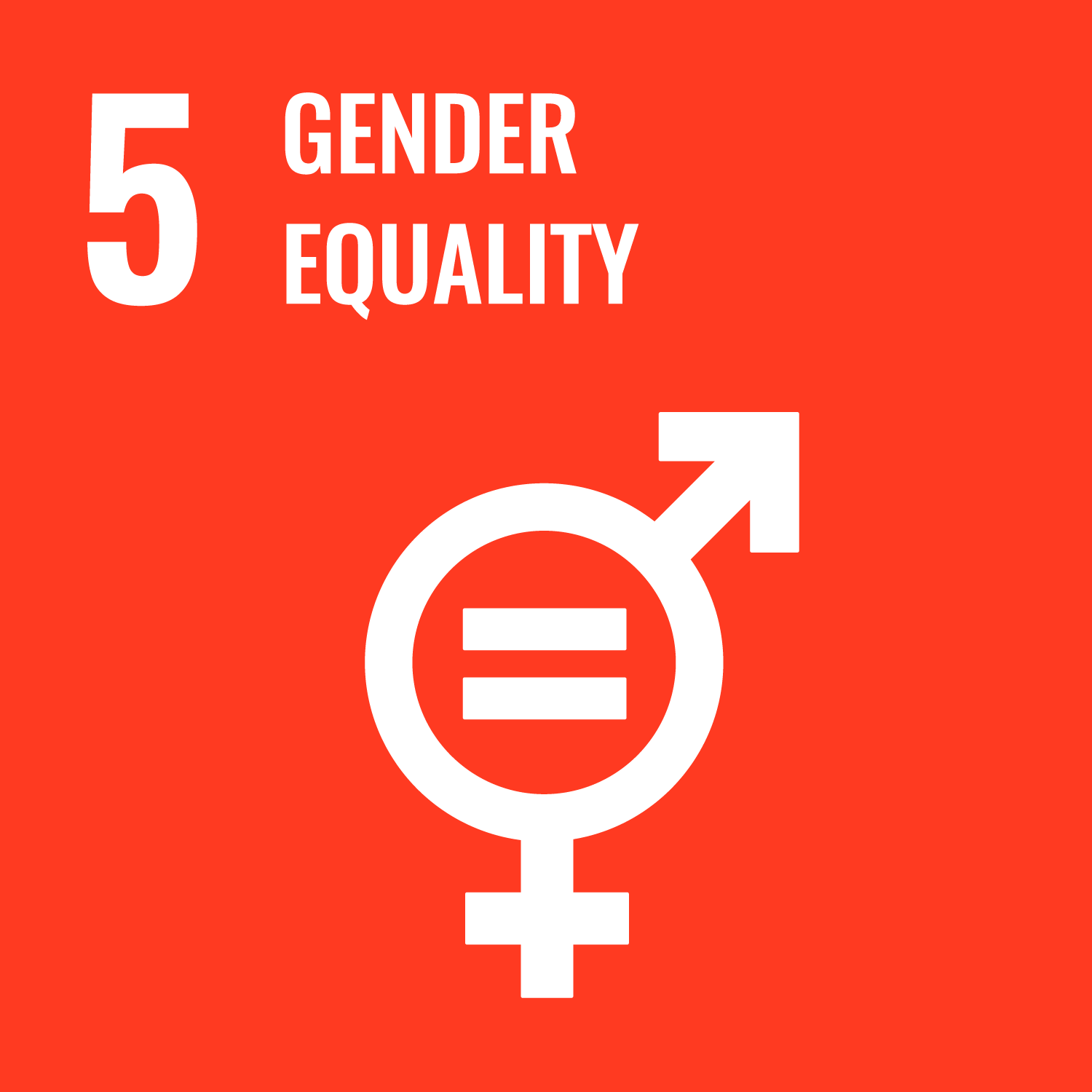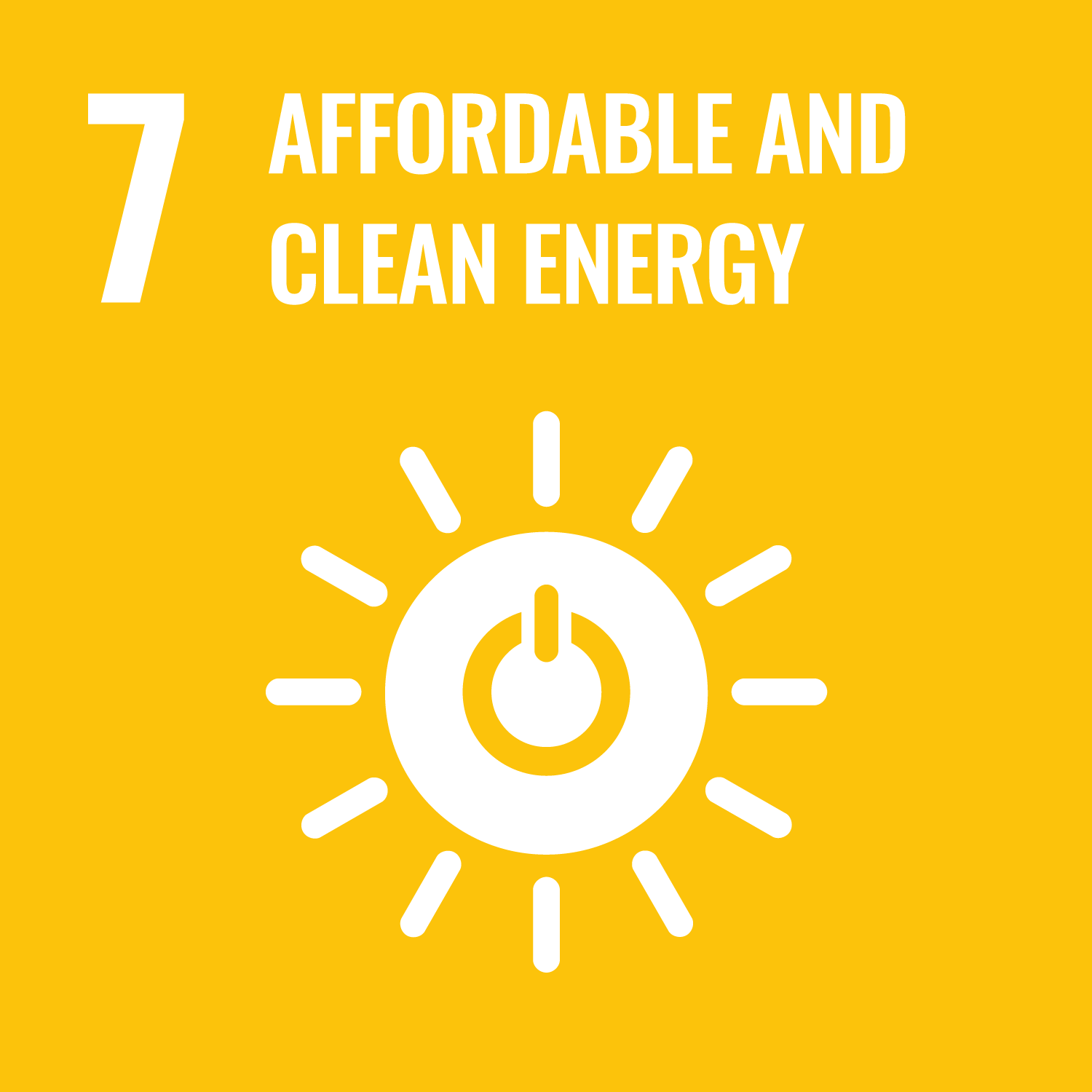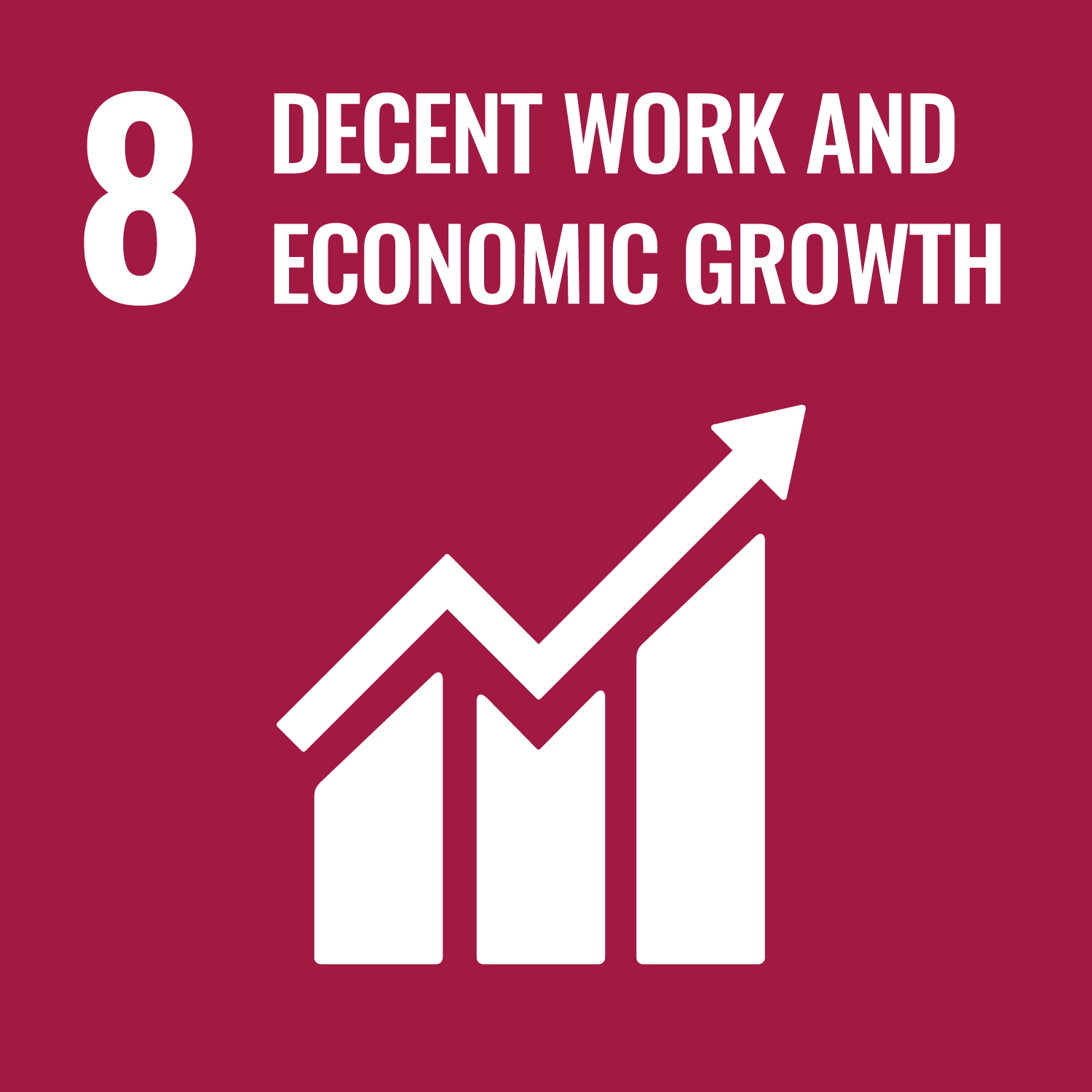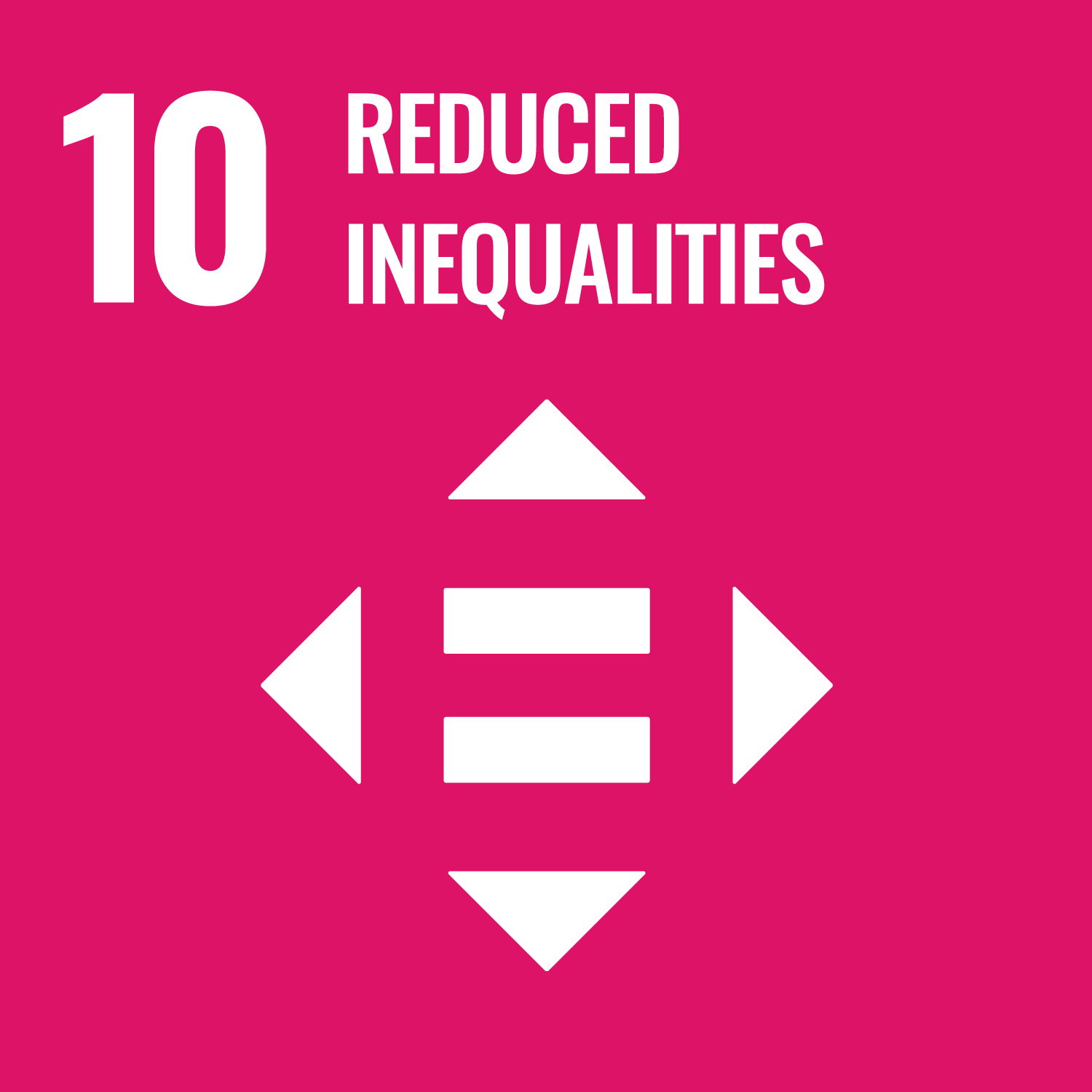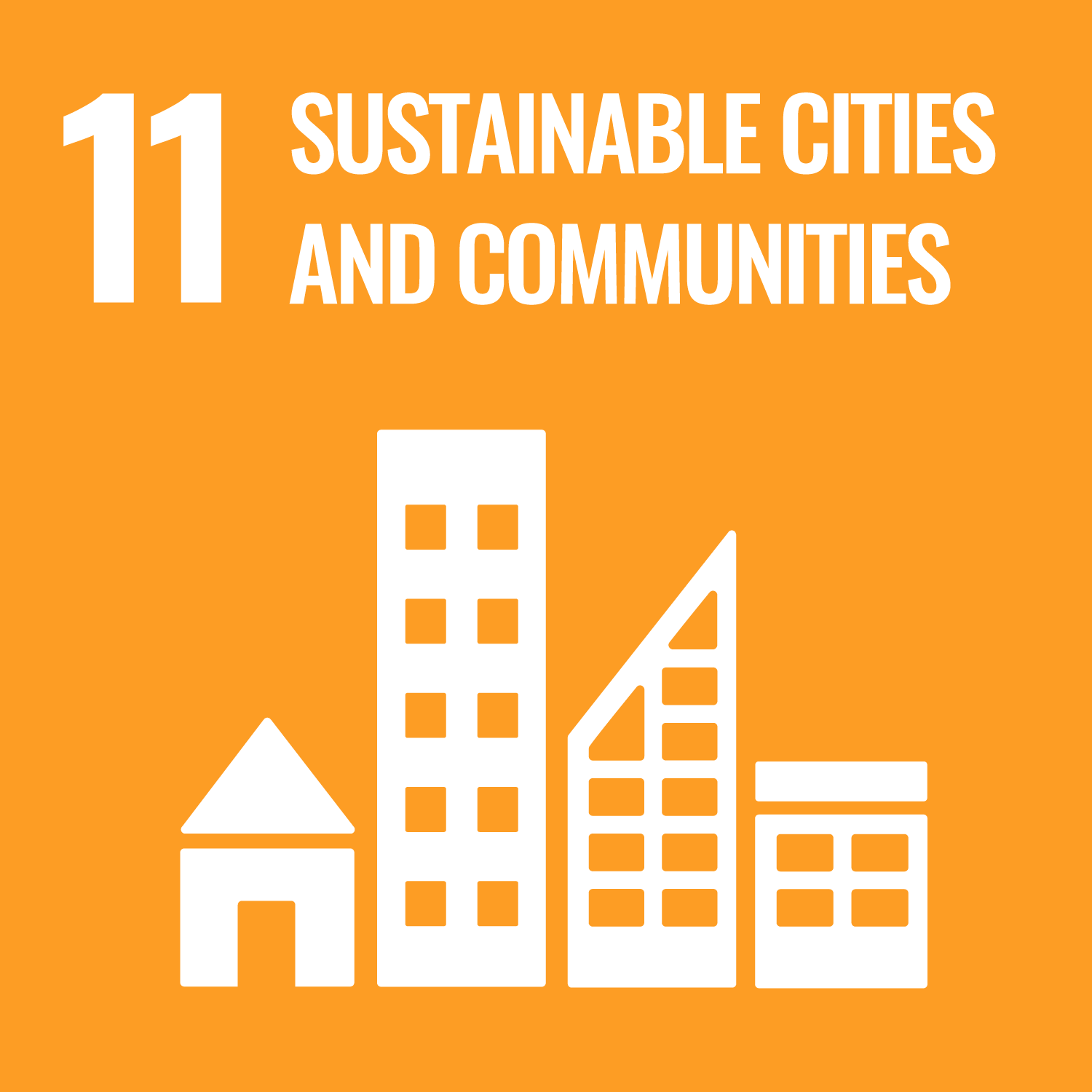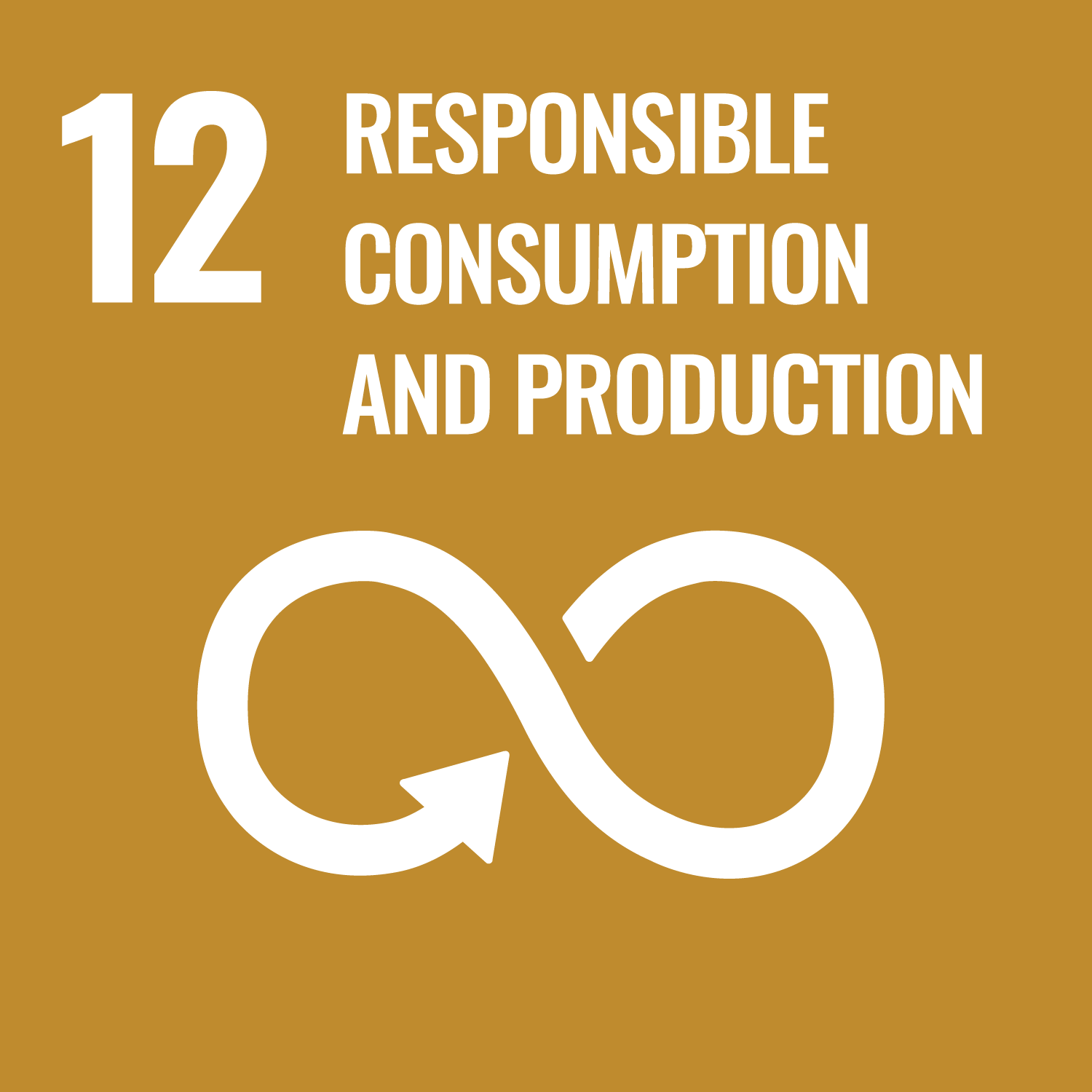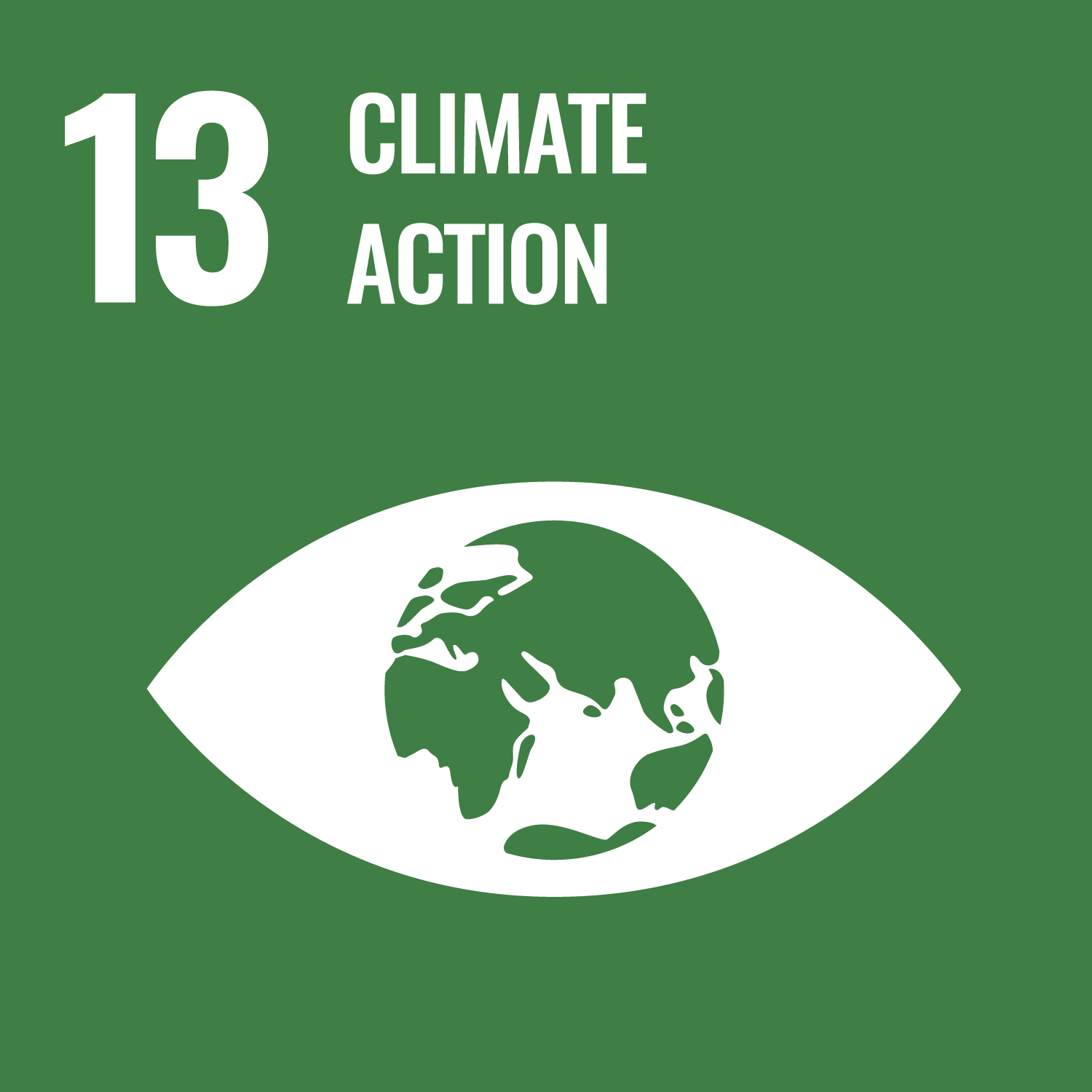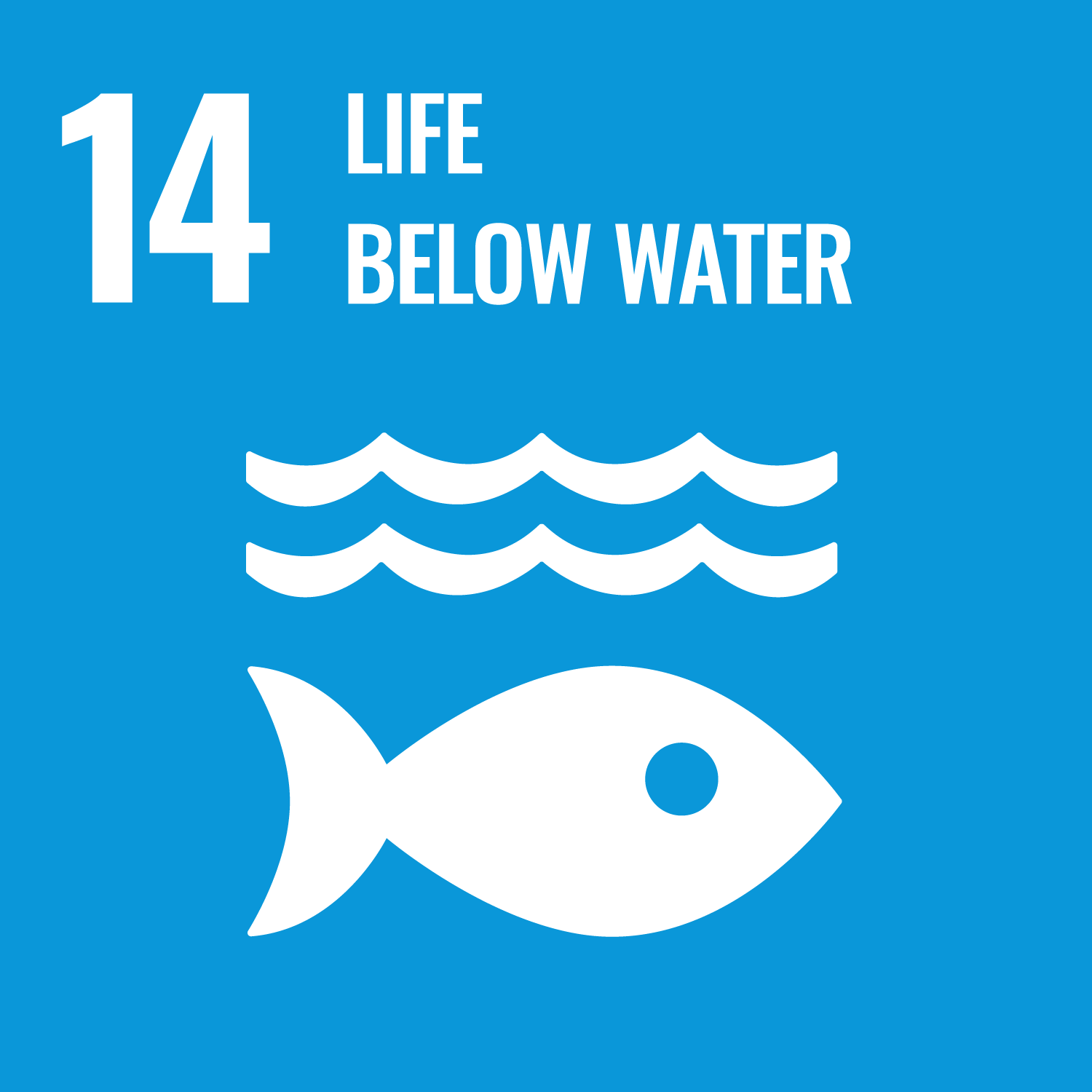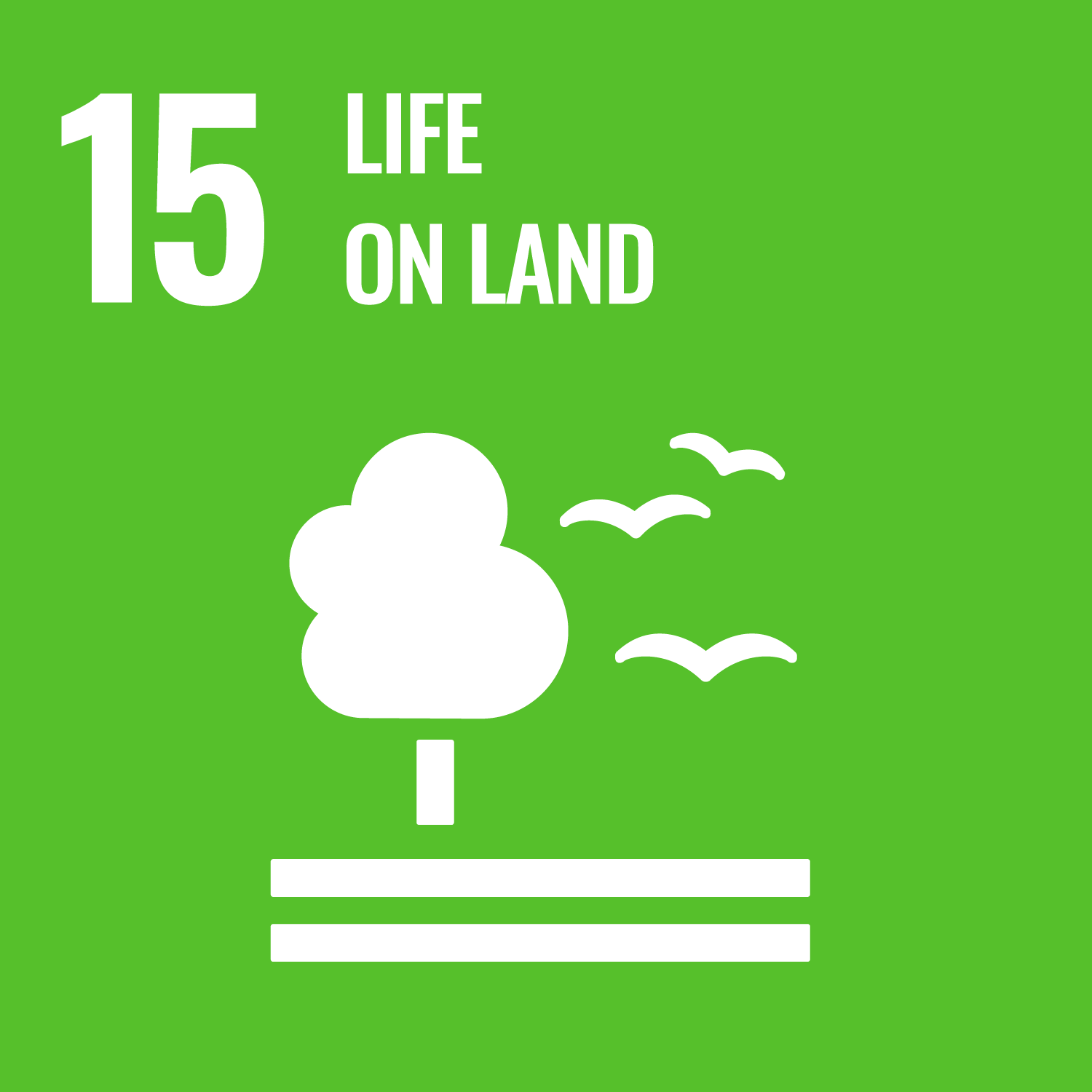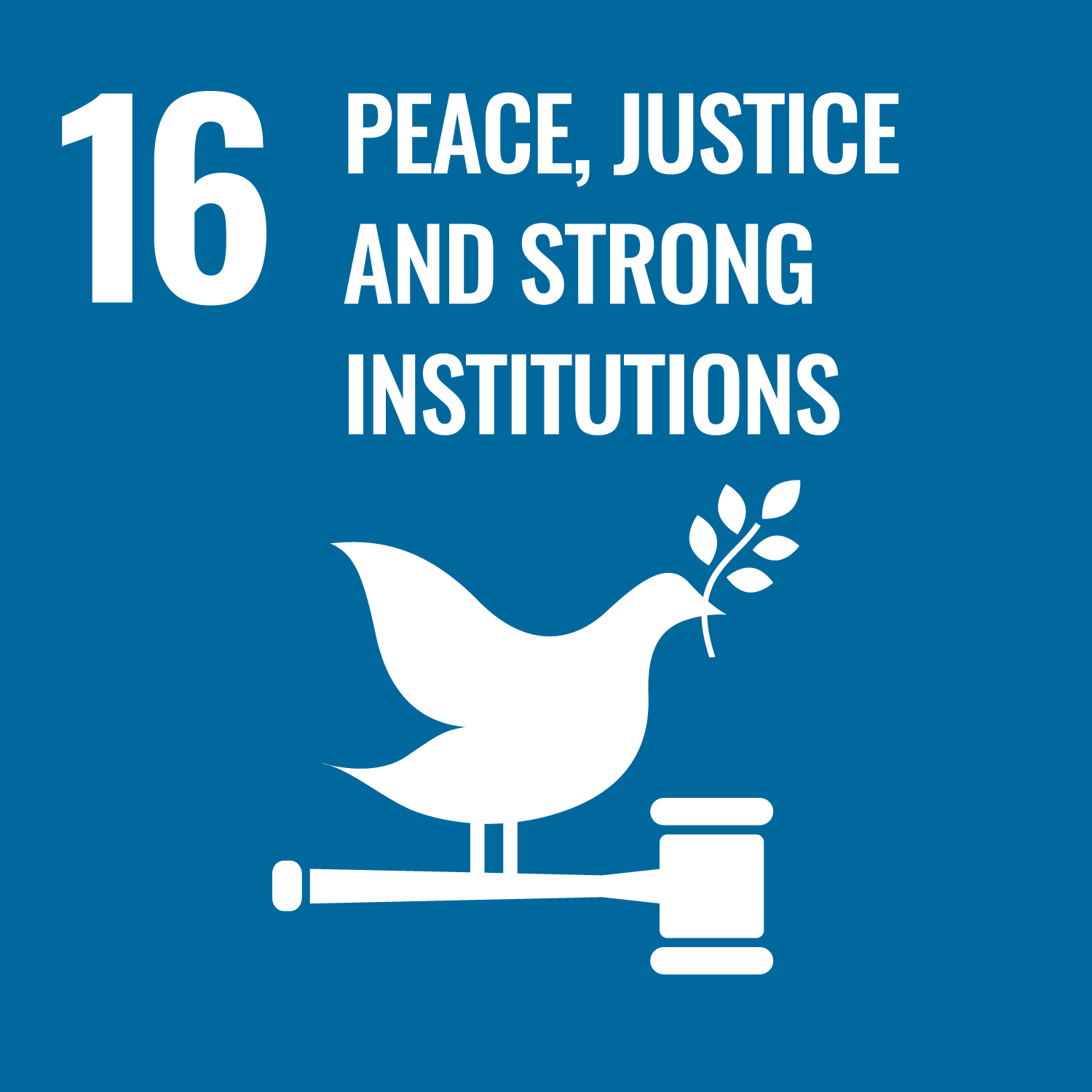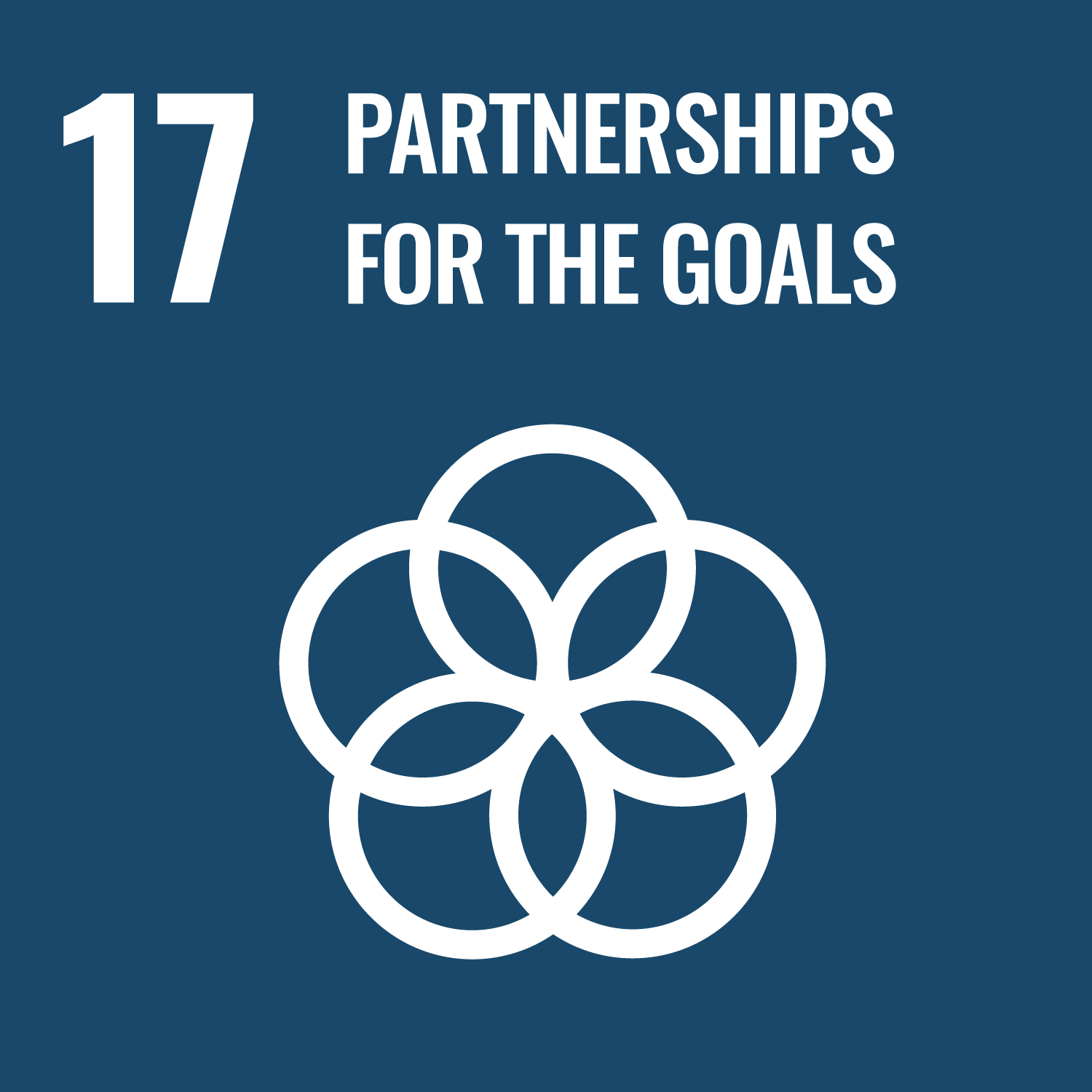What Viridis Terra International Is All About
Viridis Terra International brings together technology-advanced solutions and a multidisciplinary team that specializes in ecosystem restoration and sustainable management to fight the global problem of land degradation. Focused on restoring the planet’s degraded lands, this project is about creating effective, long-lasting solutions that reverse years of environmental damage. The mission? Accelerating the transition to a green and sustainable global economy… by providing lasting solutions for restoring large degraded areas and having a significant impact on climate change. By bringing in expertise from Integrated Forest Landscape Restoration (IFLR®), ecological restoration, and international development, the project tackles some of the most urgent environmental challenges facing the world today.
Main Benefit and Key Figures
The approach of Viridis Terra International is not only innovative but also backed by clear, impressive numbers that illustrate the scale of the challenge and the importance of restoration. Below are some key facts and figures that drive home the urgency and potential of this initiative:
- 2 billion hectares of degraded land globally, which is more than twice the size of the United States.
- Approximately 25% of global greenhouse gas (GHG) emissions are caused by land degradation – roughly the equivalent of emissions from 1.5 billion cars.
- Nearly 40% of the world’s population is living on unproductive landscapes, and 70% of productive land has been altered.
- The current rate of restoration is insufficient, with losses comparable to the area of England each year.
- The global restoration initiative aims to restore 500 million hectares by 2030 – a target already 51% reached by committed countries.
- This field is projected to develop into a $40 billion USD per year industry within the next 10 years.
Innovative Ecosystem Restoration
At the heart of the project lies the commitment to restore the planet’s degraded lands and generate far-reaching benefits. The focus extends on natural conservation, agroforestry, and effective rehabilitation of mining areas with innovative techniques such as Integrated Forest Landscape Restoration (IFLR®). This approach brings together ecological restoration and international development, ensuring that every effort counts towards regenerating landscapes while opening new streams of revenue on distressed lands. It is an expansive project that ends up being as dynamic as it is essential.
Expanding Horizons Across Continents
The environmental challenge is global, and so is the response. Viridis Terra International has extended its reach across continents with projects strategically placed to maximize impact. For instance, in Peru, IFLR® practices are implemented to rejuvenate vast areas of degraded forests. In Burkina Faso, innovative ecological restoration techniques are being employed alongside international development projects, simultaneously addressing environmental and socio-economic challenges. Meanwhile, initiatives in Canada focus on ecological restoration, and in Haiti, international development strategies drive comprehensive efforts to restore viable land. These diverse programs underscore a united strategy: to integrate local realities within a global restoration framework.
Addressing the Problem of a Lifetime
The scale of degradation is nothing short of staggering – there is this pressing problem of a lifetime that requires immediate attention. With roughly 2 billion hectares damaged and 40% of the population living on unproductive landscapes, the numbers tell an urgent story. Humans have altered 70% of the world’s productive land, and at the current pace, viable land could become nowhere to be found in 50 years. These facts serve as a wake-up call, highlighting the critical need for restoration and intervention. By shining a spotlight on these issues, the project not only motivates global change but also illustrates the transformative power of converging international environmental efforts.
Project Impact and Sustainable Development Goals
- SDG 13: Climate Action – mitigating climate change by reducing GHG emissions.
- SDG 15: Life on Land – restoring degraded ecosystems and promoting sustainable land use.
- SDG 8: Decent Work and Economic Growth – creating job opportunities in the restoration sector.
- SDG 17: Partnerships for the Goals – fostering collaborative approaches with diverse international partners.
A Promising Future for Global Restoration
Looking forward, the efforts of Viridis Terra International set a promising example for global restoration initiatives. Embracing a multifaceted approach, the project is geared towards not just reversing the effects of decades of land degradation, but also creating a sustainable future where economics and ecology go hand in hand. The initiatives in reforestation, restoration, rehabilitation of mining areas, and ecological restoration are paving the way for a healthier environment. The dynamic blend of technology, international collaboration, and innovative practices fosters an optimistic outlook, one where degraded lands can be reimagined as vibrant ecosystems supporting both human and environmental health. This vision of a greener future is steadily becoming a reality through determined, impactful actions.

